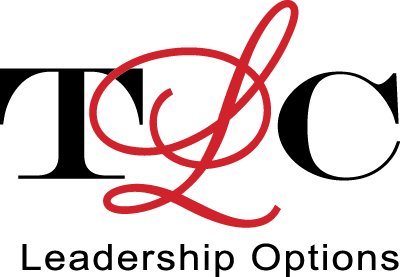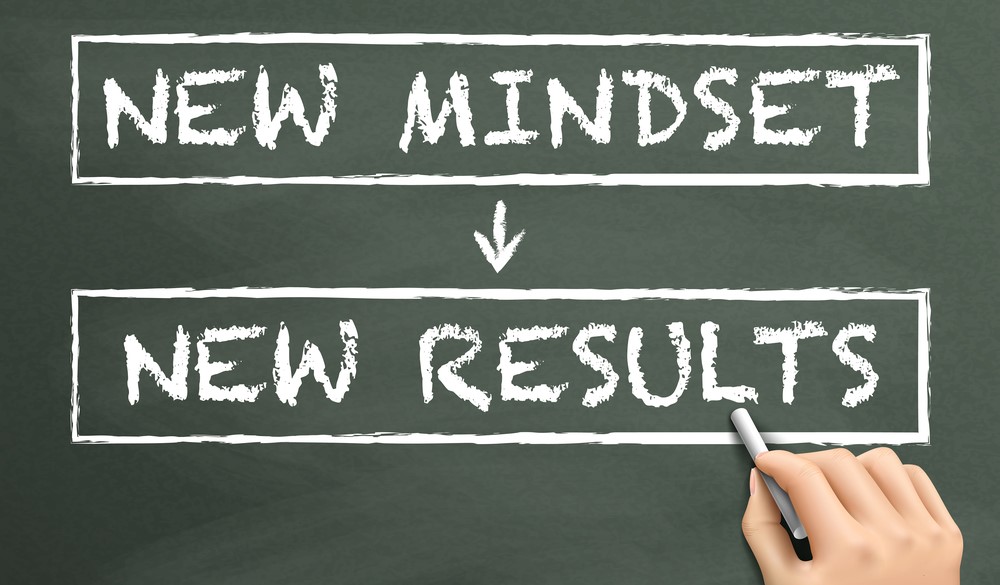“A strategic mindset is one which enables leaders to recognize variation in their environment, continually learn, change when necessary, and encourages the development of wisdom to know why, what, when, and how to change. Leaders with a strategic mindset can understand the prevailing worldviews driving their context and the themes emanating from it. It requires an appreciation for curiosity, creativity, and innovation.”
Professor John Pisapia (2009)
In a world of “innovate or die” the ability to implement strategic change is critical. But leading change is not an easy thing in a world of constantly shifting markets, conditions and technologies. People are suffering from change fatigue, so a leader must be more than just inspirational to engage and motivate the organization to implement change. Often change is initiated through a strategic planning process.
Unless you are Jeff Bezos, who spends all his time on projects taking place beyond the 3-year horizon, you must balance short term concerns with planning the long-term future. That burden of addressing an uncertain future should not fall on one or even a few persons in the organization. Any change in direction will be easier to implement if the leaders of your organization feel ownership of the decisions made. The best way to have them own the decisions is to have them make them. Employing a collaborative strategic planning process would achieve this.
I know that is scary to some CEO’s or executive teams – that by empowering others, the decision making may be out of their control. On the other hand, if you have created a culture that is based on trust of each other and the ability to resolve conflict, every voice can be heard and decisions that have been fully vetted will emerge. The CEO or senior leader may still be required to make the final decision, but if all participants feel heard, then buy-in can be achieved.
At TLC Leadership Options, we have experience working with teams of decision-makers to map out the future direction of an organization. Through a series of 2-day sessions, using tools designed to manage discussion, stimulate creative thinking and foster a collaborative problem-solving process, robust solutions emerge.
Developing your strategy doesn’t have to be a difficult process. In fact, you can use a process that involves your leaders, leverages their passions and goals and results in something far more creative and implementable due to their participation. Because, as Ken Blanchard would say, “None of us is as smart as all of us.”





